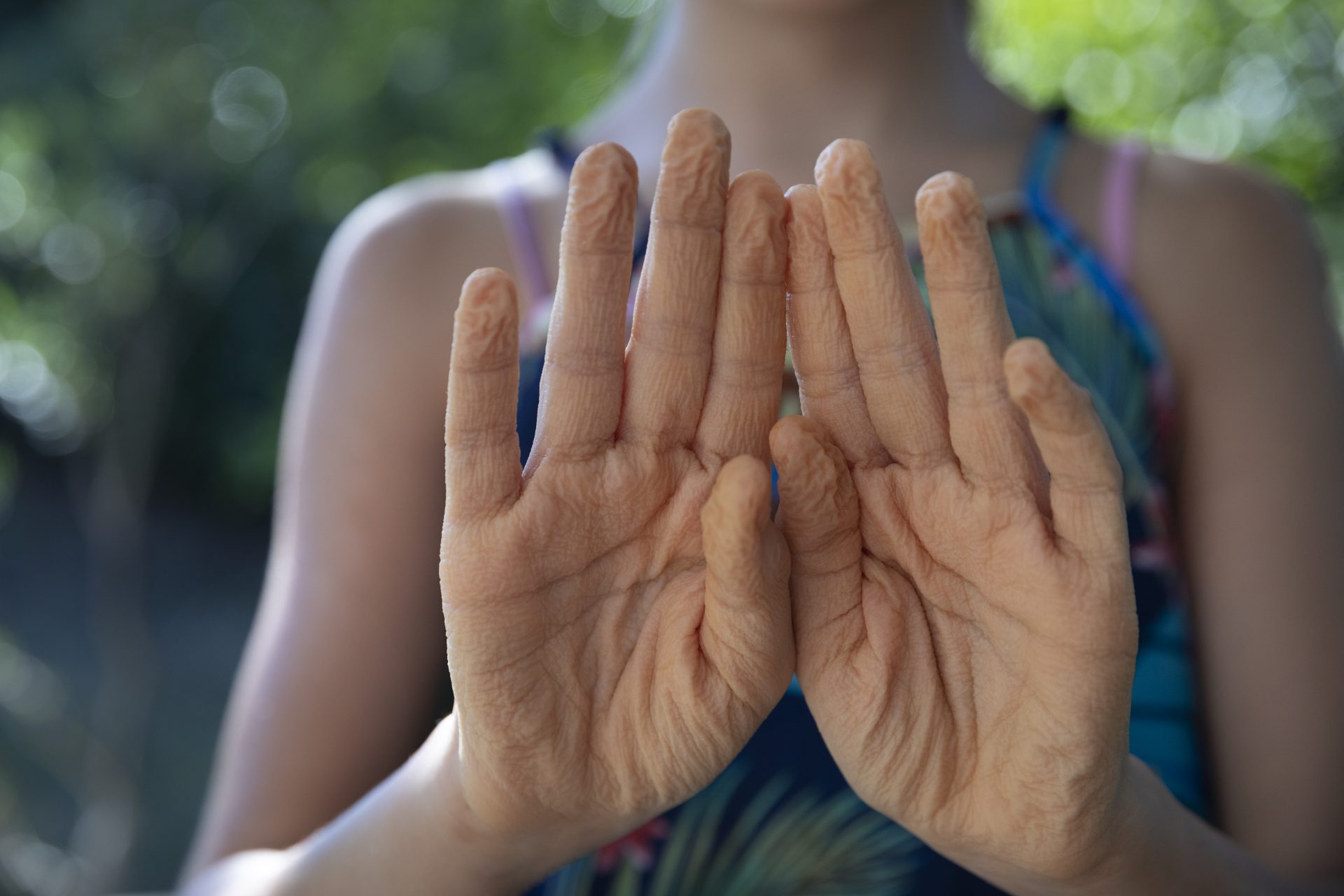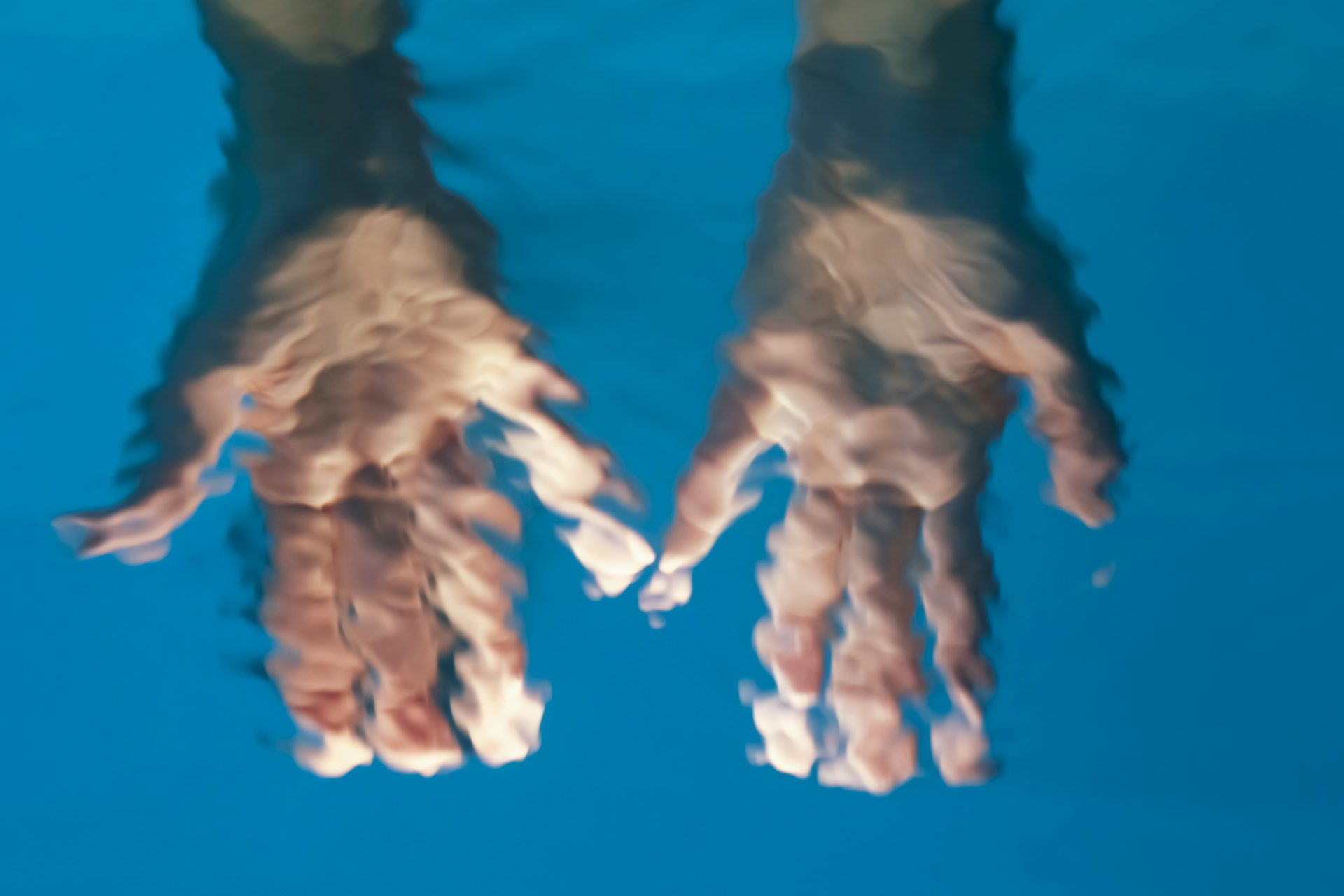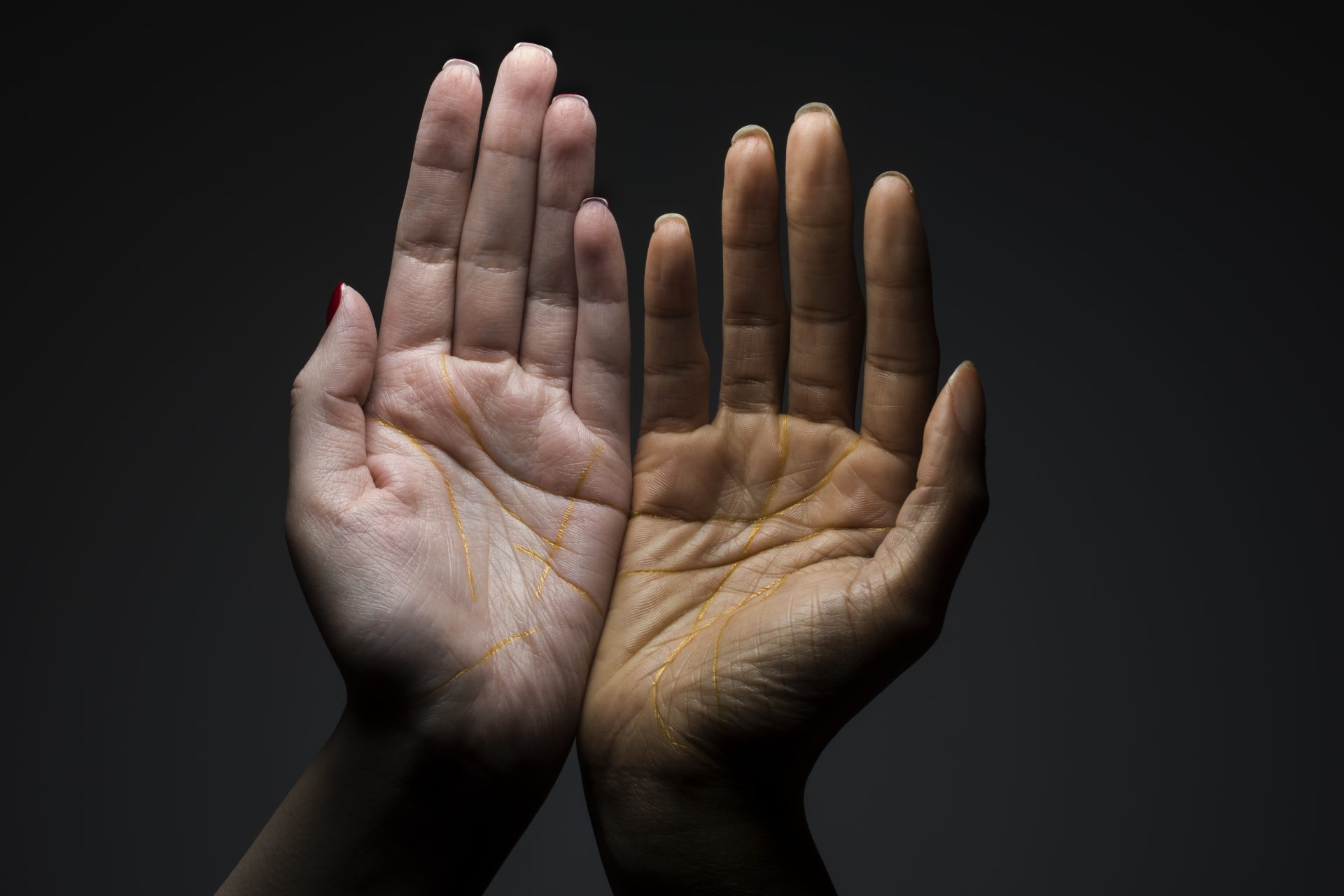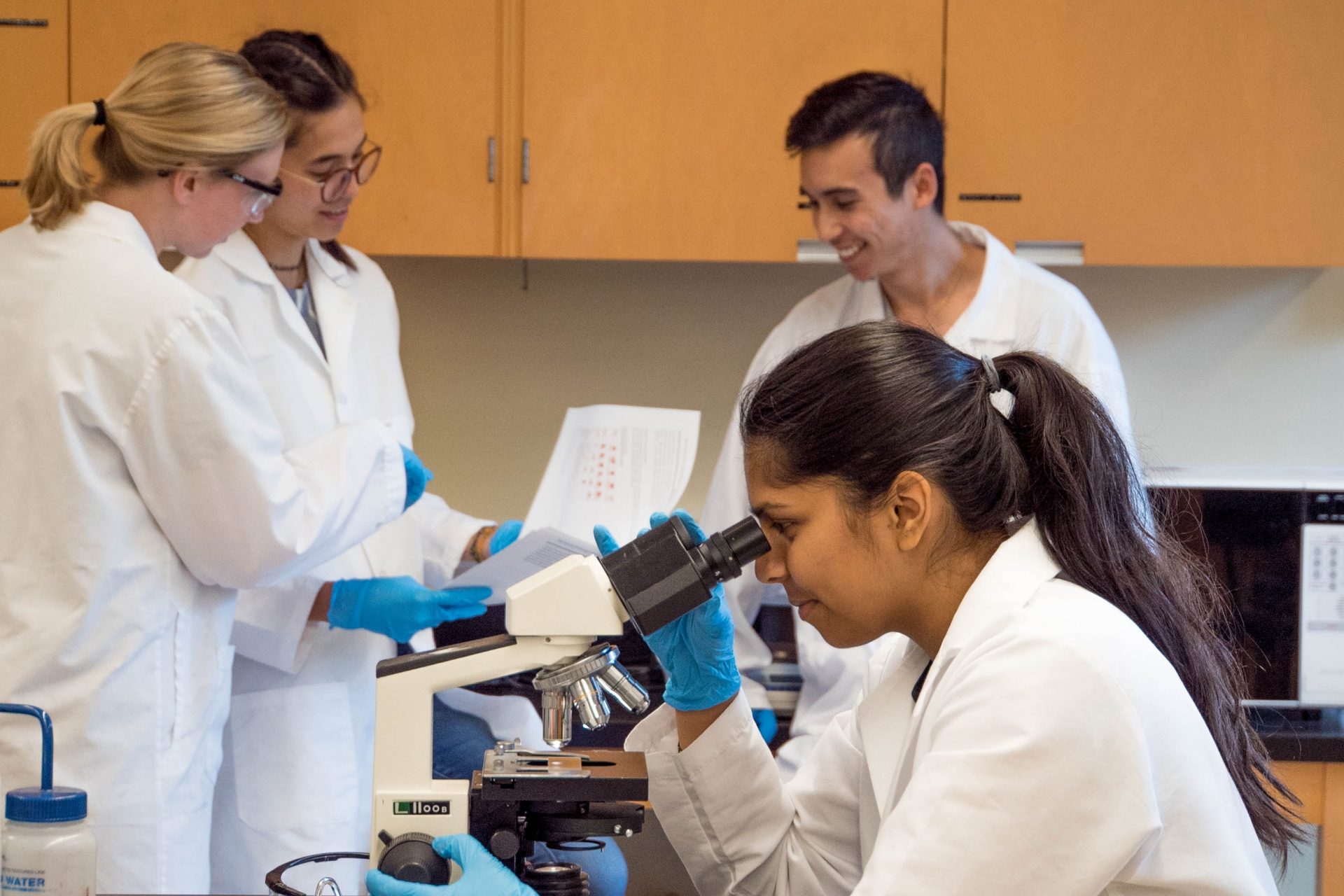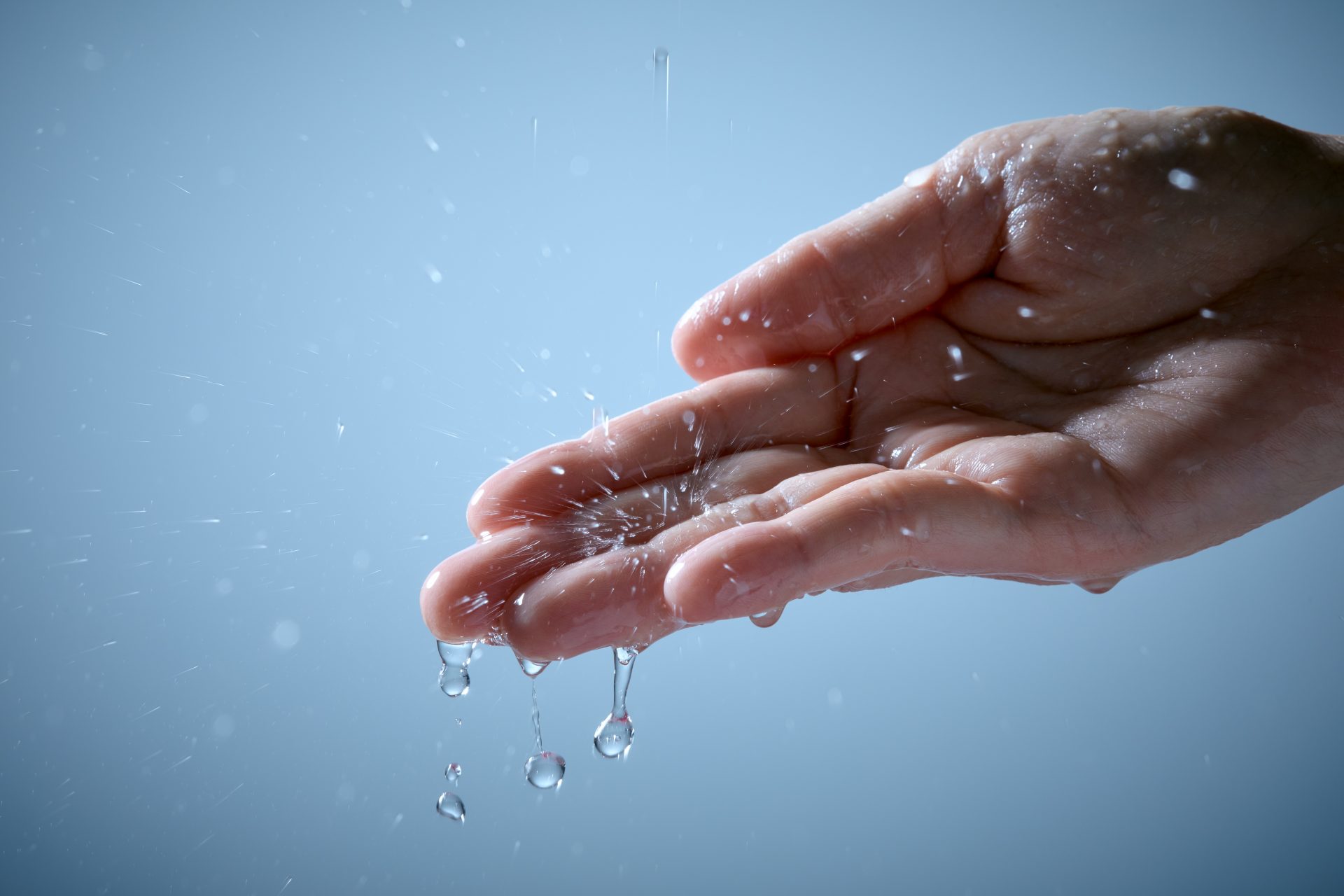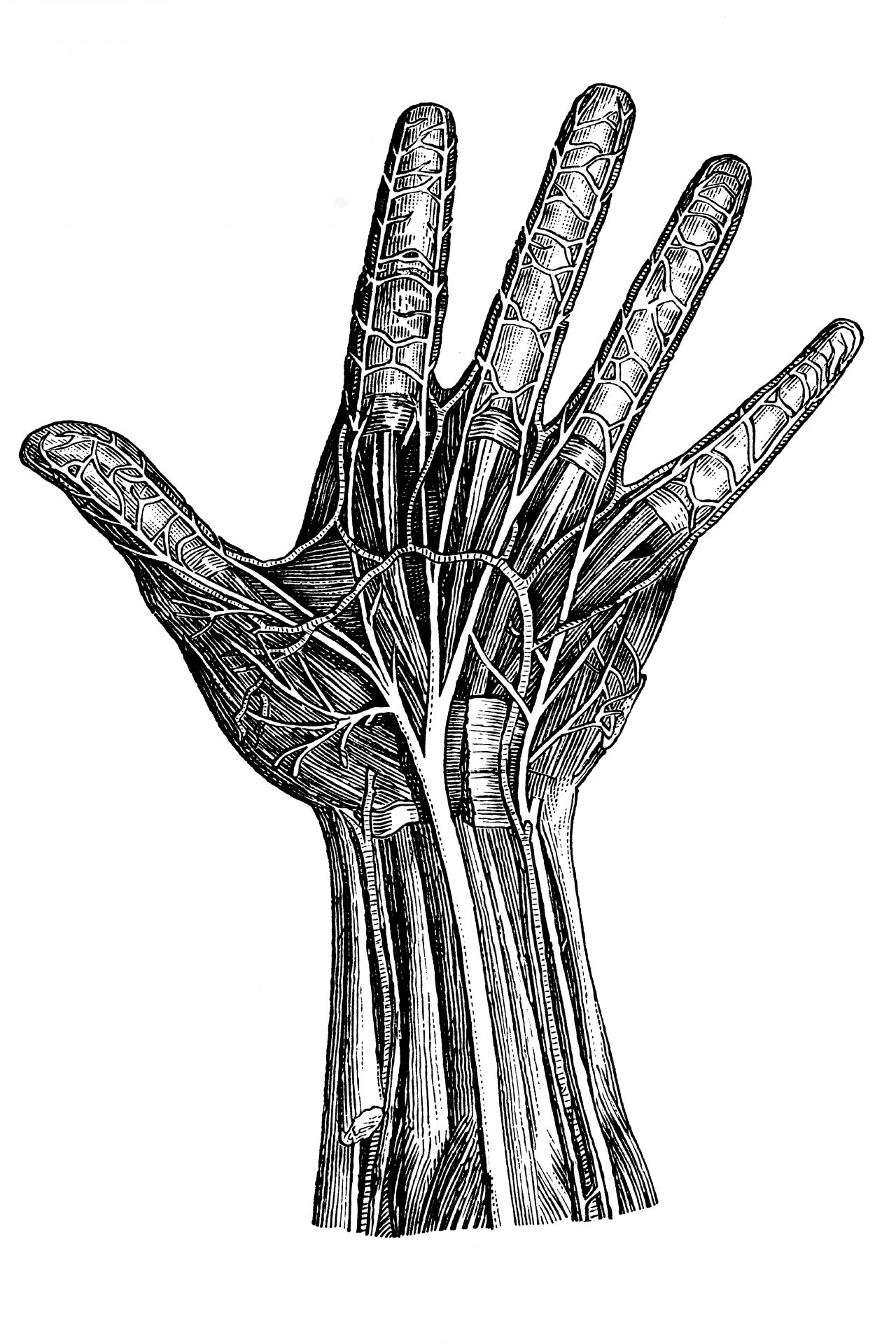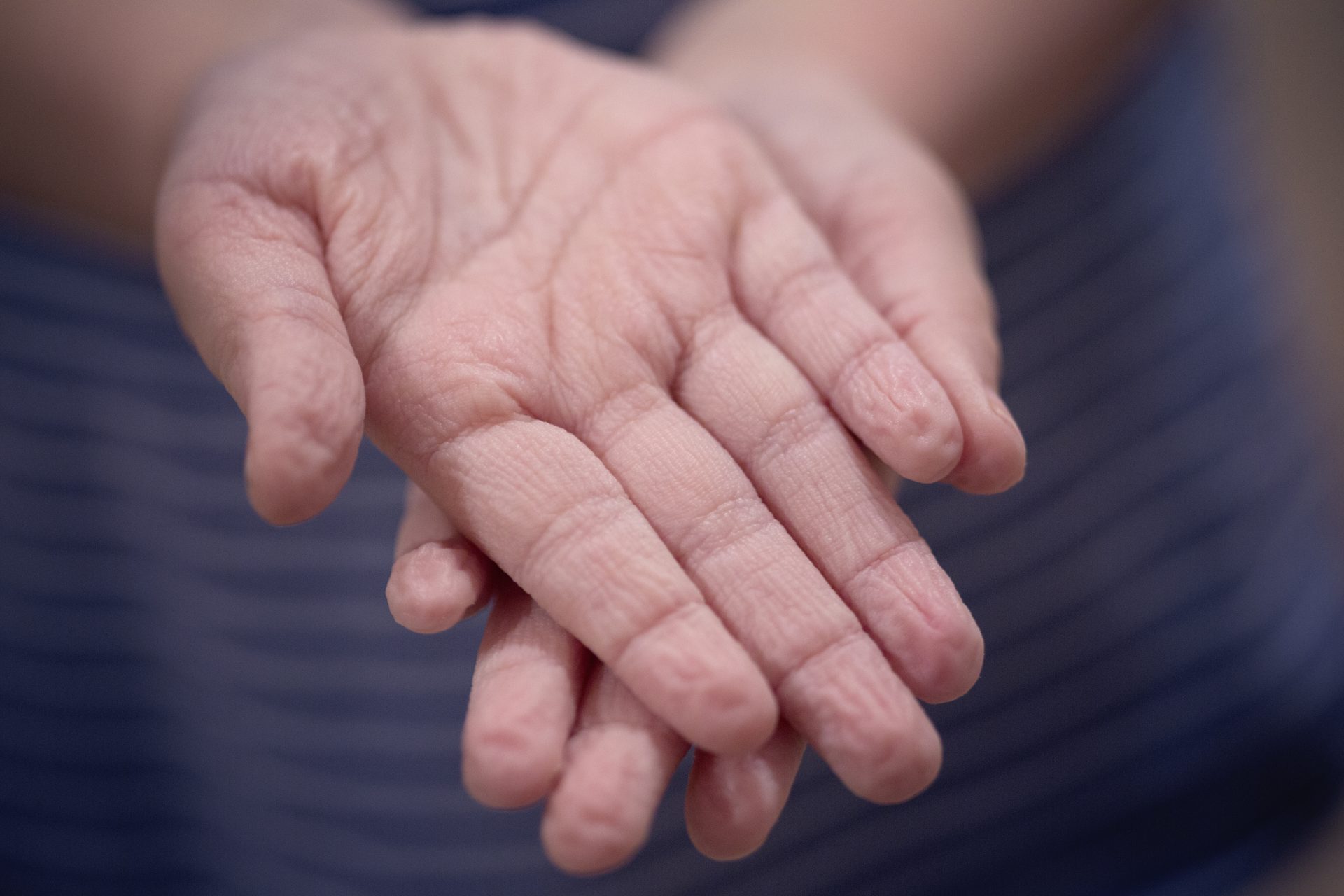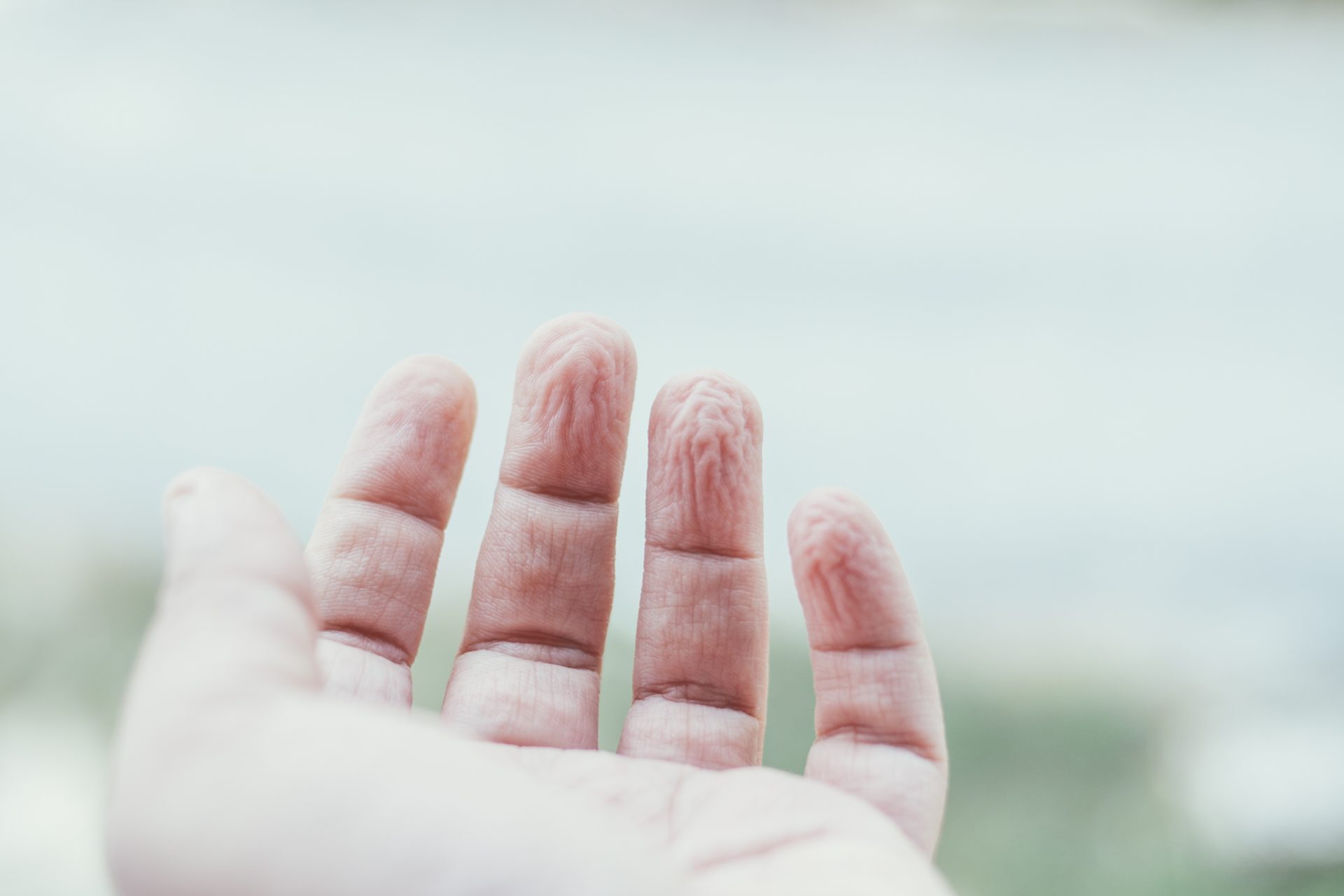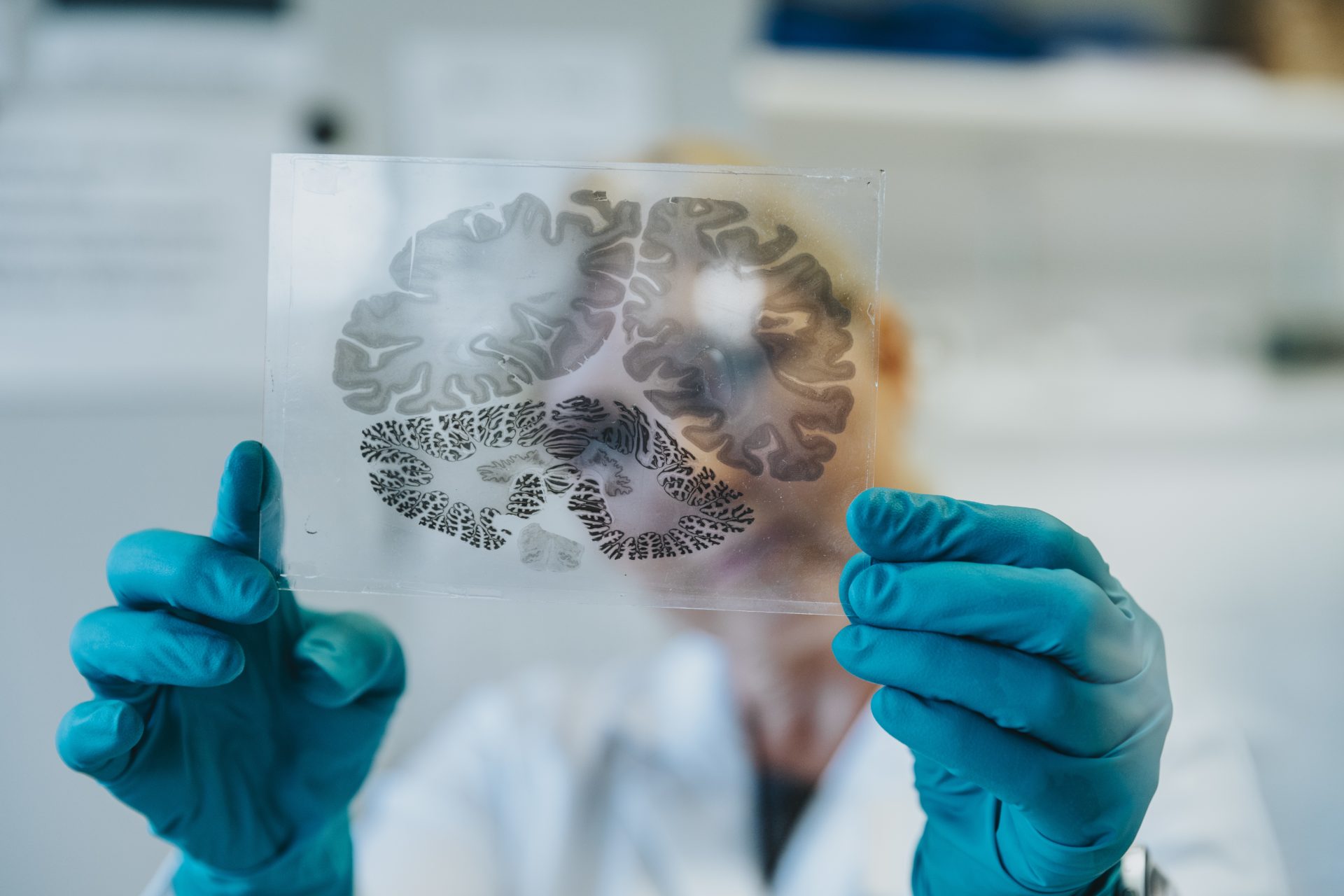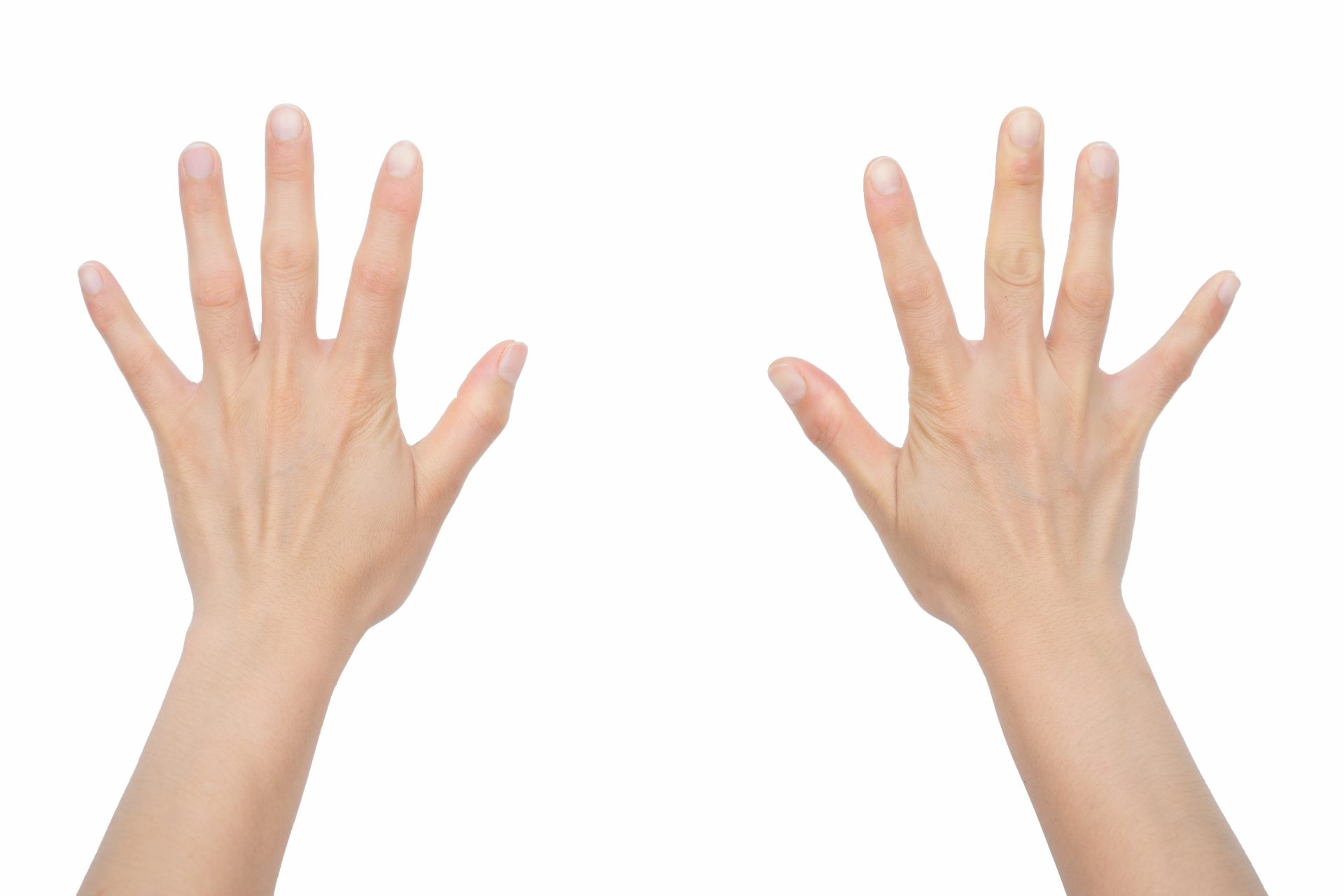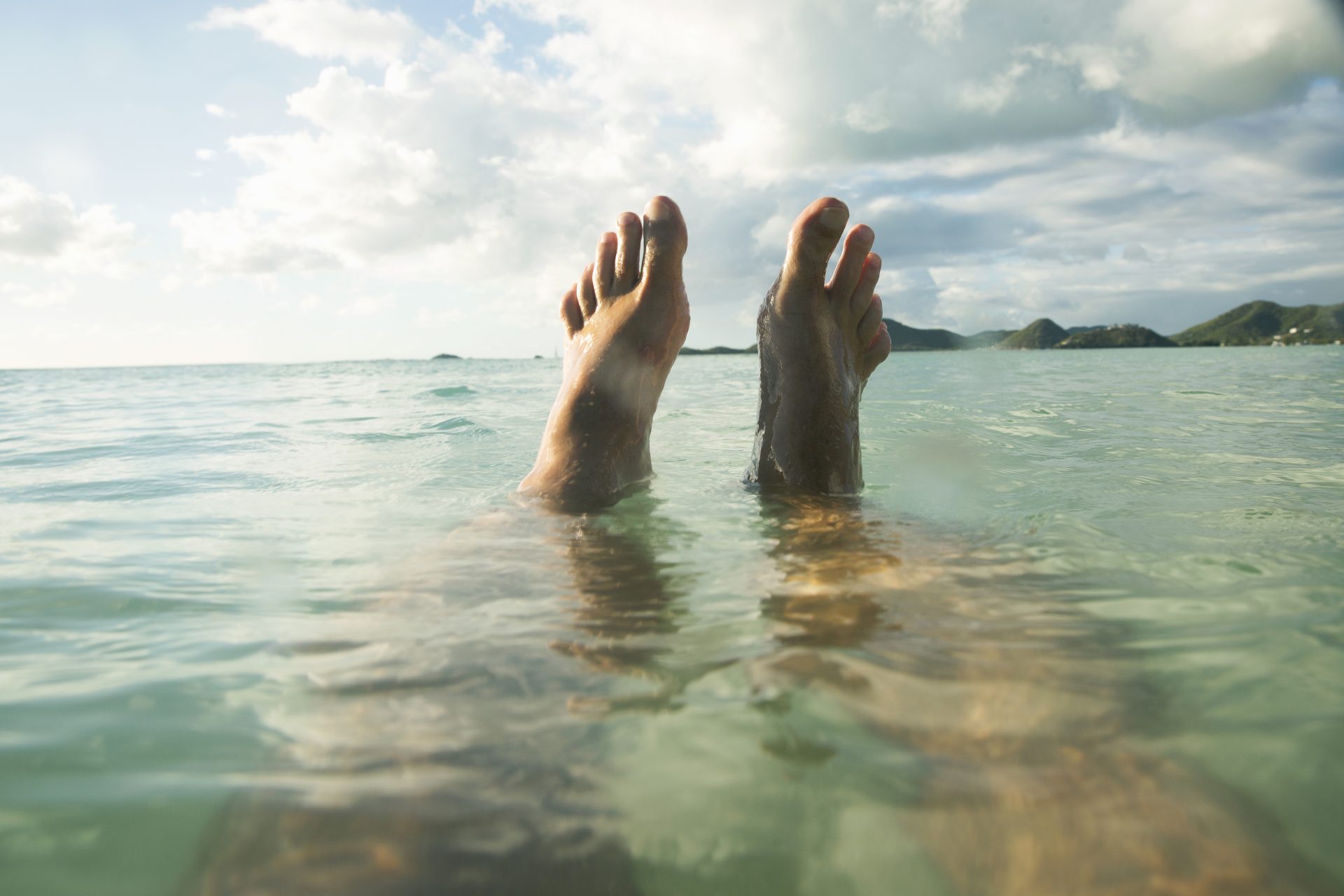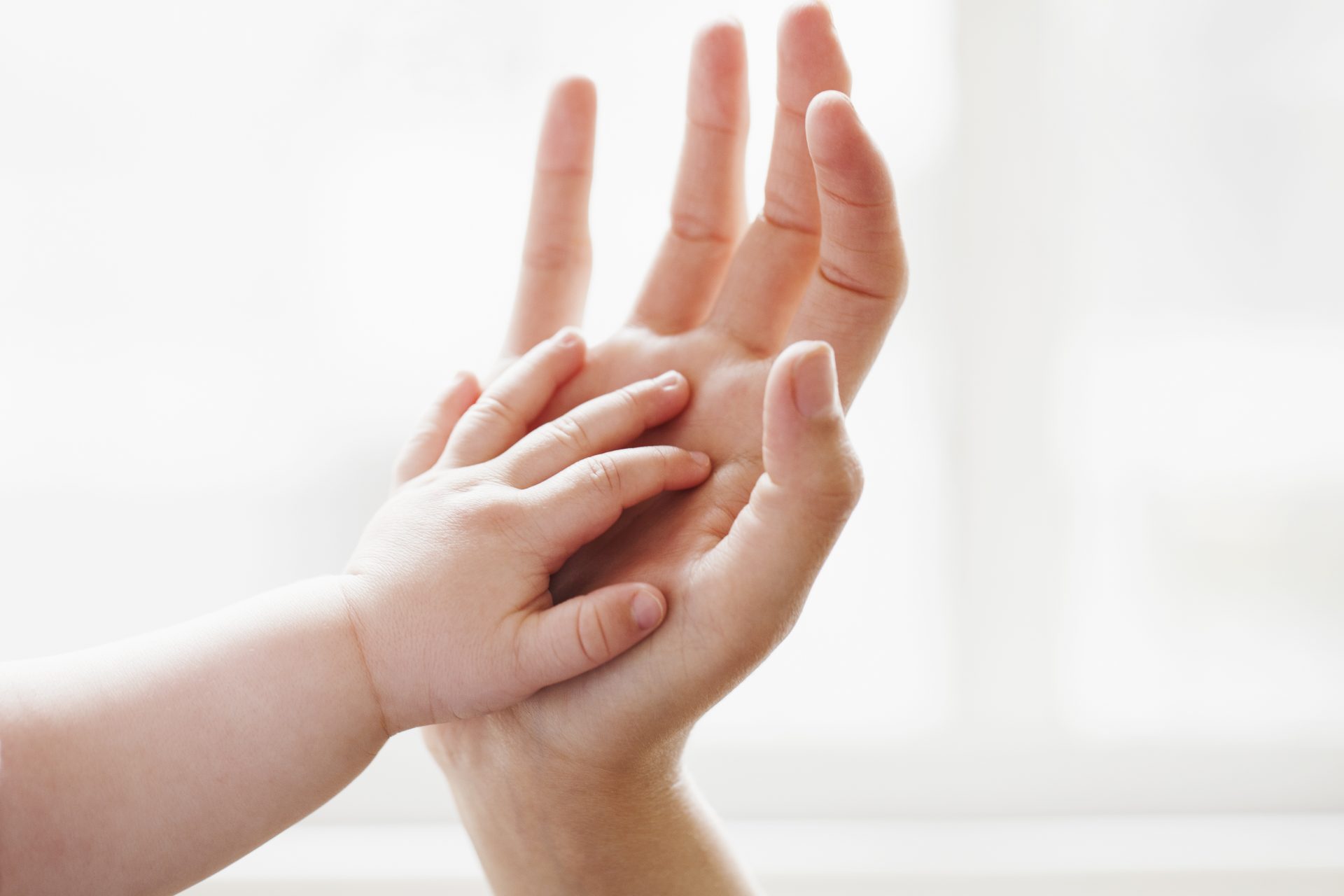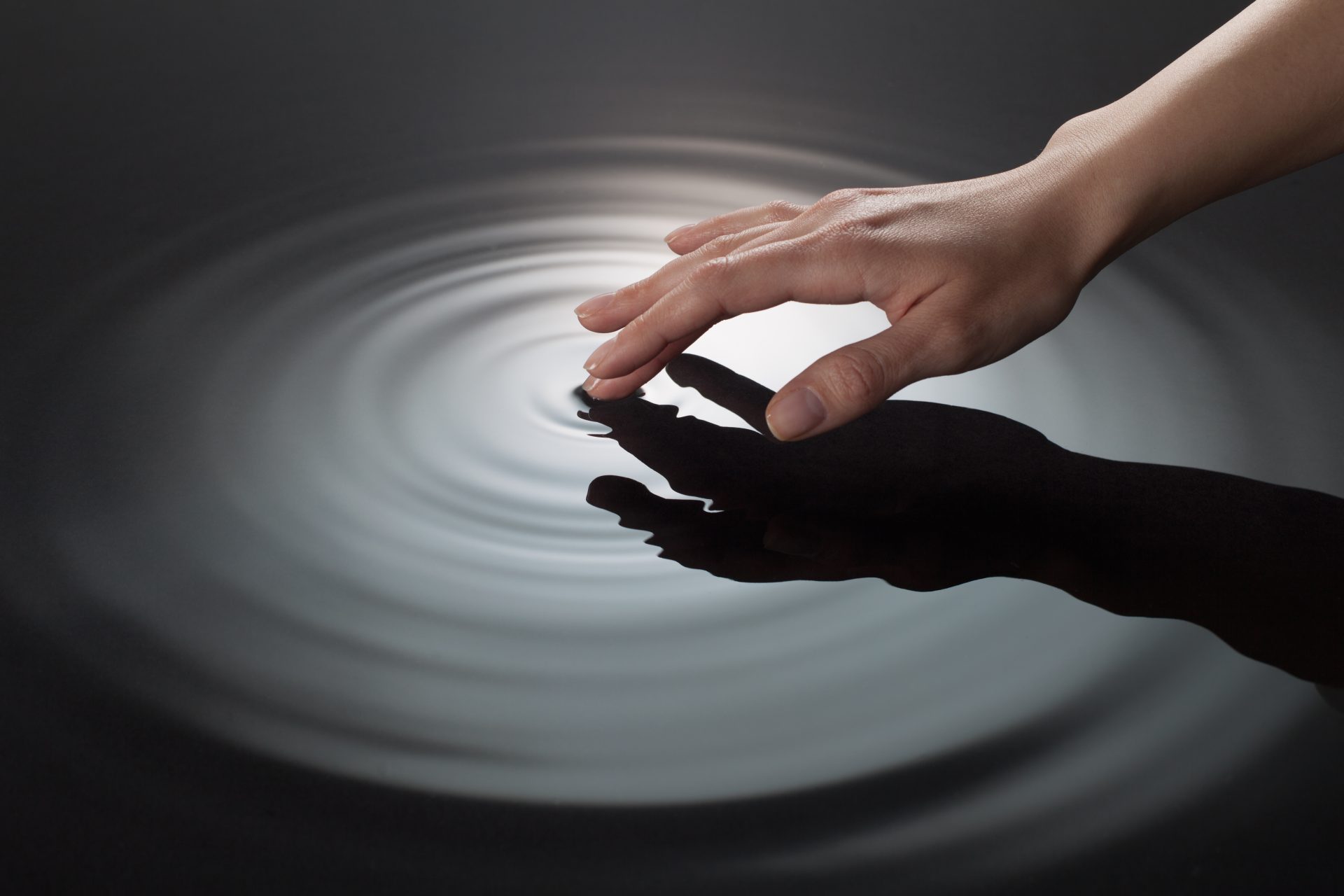Why do our fingers wrinkle in water?
Despite a long coexistence with our bodies, we have not yet unraveled all its mysteries. Yes, the human body is complex, to the point where sometimes we wish we had an instruction manual to understand what some of its functions are for. For example, why do our fingers wrinkle like raisins when we take a bath?
Like aquatic creatures, our hands, but also our feet, transform after a few minutes in the water. Our skin, normally so soft and smooth, suddenly takes on a wrinkled texture and loses its color.
Fortunately, this is temporary and our fingers quickly return to their original state when out of water. Phew! It's hard to imagine spending all day with wrinkled skin.
Why does the skin on our hands and feet change its appearance with prolonged contact with water? To answer this question, we analyzed several scientific studies.
Photo: Trust “Tru” Katsande / Unsplash
For a long time it was thought that our skin could become permeable, allowing water to penetrate the epidermis through the fingertips through a process known as osmosis. This belief held that water caused swelling of the subcutaneous layers. But this hypothesis has been gradually discarded by scientists over the decades.
In 2003, neurologists Einar Wilder-Smith and Adeline Chow, who were at the National University Hospital in Singapore at the time, conducted blood flow analysis in the hands of several volunteers who immersed them in water.
They then observed that when the skin on the participants' fingertips began to wrinkle, the blood flow in their fingers decreased noticeably at the same time.
The neurologists then applied a local anesthetic cream to the fingertips of other participants, resulting in a temporary, voluntary contraction of blood vessels. They found that application of the numbing cream caused levels of wrinkling comparable to those seen after immersion in water.
In a study published in 2013 in the scientific journal Biology Letters, biologist Tom Smulders of the University of Newcastle explains that when the body notices that the fingers have been wet for a period of time, the nervous system begins to build more blood vessels. thin on the surface of the fingertips. This leads to a decrease in volume in this area, causing the skin to wrinkle, although the size of the skin itself remains constant.
Furthermore, several studies carried out on patients who have lost nerve function in their hands after illness or amputation reveal that the skin of the fingers does not wrinkle, or only slightly, when they are in prolonged contact with water.
Furthermore, the involvement of the central nervous system means that this phenomenon does have a specific function. But which? This is what Tom Smulders and his British team tried to find out.
According to the results of their research, this wrinkling of the skin on the fingers allows us to have a better grip in the water and hold wet objects more easily.
"Wrinkled toes may have a similar function to wrinkled fingers, providing greater support to the feet in wet conditions," says Tom Smulders in his study.
But then why don't fingers stay permanently wrinkled, even when they're not in the water? According to the biologist, the answer could be that these wrinkles have a cost: the loss of sensitivity in our hands.
According to researchers, this phenomenon could correspond to an adaptive evolution of our body. The wrinkled skin could have helped our ancestors search for food, for example, in waterways, or "help them manipulate tools in humid conditions," the biologist believes.
Our body continues to evolve in response to our environment, and a clear example of this is the "smartphone pinky." This physical abnormality, caused by repeated pressure of the phone on the finger, has become common among those who are constantly using their mobile devices. Could this be a sign of how future evolution could be shaped by modern technology?
More for you
Top Stories



